Table of content
In the realm of culinary arts, baking stands as a precise and rewarding endeavor that requires a meticulous understanding of ingredients, techniques, and, importantly, the right choice of flour. Flour, being the foundational element in most baked goods, significantly influences the texture, taste, and overall success of your recipes. Whether you’re a seasoned baker or just starting your journey in the kitchen, knowing how to select the appropriate flour can elevate your baking skills and delight your taste buds. This guide delves into the intricacies of flour types, their properties, and how to choose the right one for your specific baking needs.
Understanding the Basics of Flour
Flour is essentially a finely milled powder derived from grains, most commonly wheat. However, it can also be sourced from other grains like rye, barley, corn, rice, and even nuts and seeds. The quality and type of flour you use can drastically alter the outcome of your baked goods. Key factors to consider when selecting flour include protein content, ash content, grind (coarseness or fineness), and whether it’s bleached or unbleached.
Protein Content
Protein content is perhaps the most critical factor when choosing flour for baking. It determines the gluten formation, which is essential for structure and texture in yeast-raised breads and some cakes.
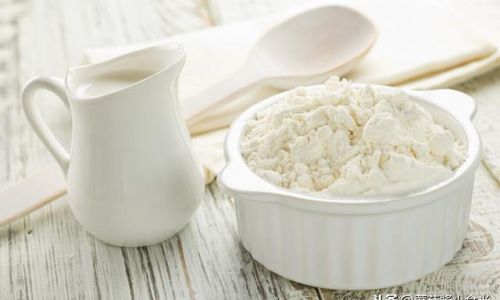
- Low-Protein Flours (8-9.5% protein): These include cake and pastry flours. They produce tender, delicate baked goods due to minimal gluten formation. Ideal for cakes, cookies, and pastries where a soft, crumbly texture is desired.
- Medium-Protein Flours (10-11.5% protein): All-purpose flour falls into this category. It’s versatile and suitable for a wide range of baking needs, from cookies to quick breads and even some yeast breads.
- High-Protein Flours (12% protein and above): Bread flour, vital wheat gluten, and some whole wheat flours have high protein levels. They form strong gluten networks, making them perfect for yeast-raised breads, pizza dough, and bagels that require a chewy, elastic texture.
Ash Content
Ash content refers to the mineral residue left after burning flour. Lower ash flours tend to be finer and whiter, while higher ash flours may have a slightly grayer hue and a nuttier flavor. This affects the color and taste of baked goods.
- Low-Ash Flours: Often used in pastries and cakes where a pristine white color and delicate flavor are preferred.
- High-Ash Flours: More suitable for rustic breads and whole grain recipes where a darker crust and richer flavor are desired.
Grind and Texture
The grind of flour can vary from fine to coarse, impacting the baking process and final texture. Finely milled flours blend more easily and produce smoother doughs, while coarse grinds can add texture and interest to baked goods.
Bleached vs. Unbleached
Bleached flour undergoes a chemical process to whiten it and age it quickly, making it ideal for recipes where a lighter color is desired. Unbleached flour retains its natural color and has a slightly nutty flavor due to its slower aging process. Both can be used interchangeably in many recipes, but unbleached flour is often preferred by health-conscious bakers.
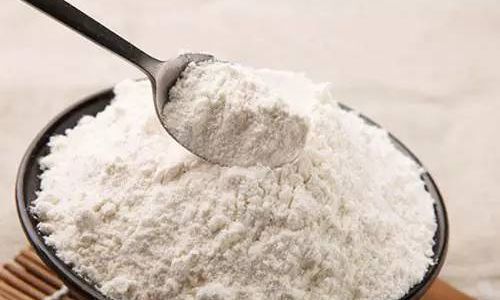
Types of Flour and Their Uses
All-Purpose Flour
As mentioned, all-purpose flour is a versatile choice suitable for most baking tasks. Its moderate protein content makes it a reliable option for cookies, cakes, muffins, and even some types of bread. It’s widely available, affordable, and a great starting point for home bakers.
Bread Flour
High in protein and gluten-forming capabilities, bread flour is essential for yeast-raised breads. It provides the necessary structure for the dough to rise and hold its shape during baking, resulting in chewy, airy loaves.
Cake Flour
Low in protein and finely milled, cake flour produces tender, delicate cakes with a soft crumb. Its low gluten content minimizes the risk of over-developing gluten, which can lead to dense, tough cakes.
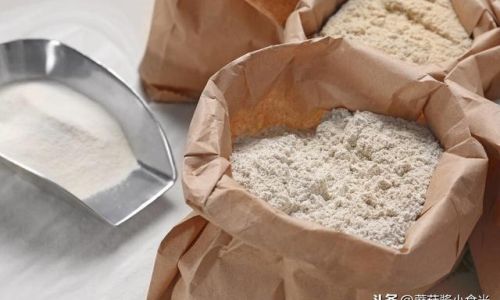
Pastry Flour
Pastry flour is similar to cake flour but with slightly more protein, making it suitable for pies, tarts, and cookies that require a flaky texture. It balances tenderness with enough strength to hold the dough together.
Whole Wheat Flour
Made from whole wheat grains, whole wheat flour contains all parts of the wheat kernel—germ, bran, and endosperm. It’s higher in fiber, nutrients, and flavor but lower in gluten than refined flours. It’s ideal for hearty breads, muffins, and cookies where a nutty flavor and denser texture are desired.
Rye Flour
Rye flour has a unique flavor and lower gluten content than wheat flours. It’s often combined with wheat flour in bread recipes to add flavor and texture. Pure rye doughs require special handling due to their tendency to be sticky and dense.
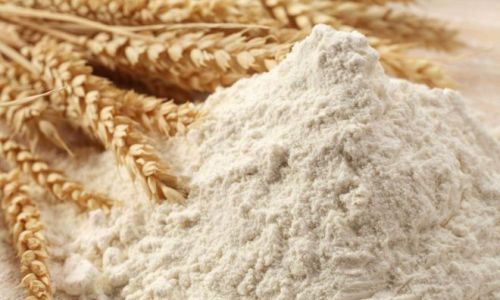
Gluten-Free Flours
For those with gluten intolerance or sensitivities, a variety of gluten-free flours are available, including almond, coconut, rice, oat (certified gluten-free), and sorghum. These flours behave differently from wheat-based flours and often require specific ratios and binding agents to achieve the desired texture in baked goods.
Tips for Selecting and Storing Flour
- Read the Label: Always check the protein content, ash level, and whether the flour is bleached or unbleached to ensure it meets your recipe’s requirements.
- Freshness Matters: Flour can stale over time, losing its baking quality. Opt for flour with a recent ‘best before’ date.
- Storage: Store flour in an airtight container in a cool, dry place. Avoid storing it in the refrigerator or freezer as moisture can condense and affect its quality.
- Measure Accurately: Use a kitchen scale for precise measurements, especially when working with gluten-free flours, which can be more sensitive to variations.
Conclusion
Choosing the right flour is a crucial step in achieving baking success. By understanding the different types of flour, their properties, and how they interact with various baking ingredients and techniques, you can elevate your baked goods from good to exceptional. Experiment with different flours to discover your preferences and the unique flavors and textures they bring to your recipes. Remember, baking is an art that thrives on precision and creativity, and the right flour is your canvas. Happy baking!
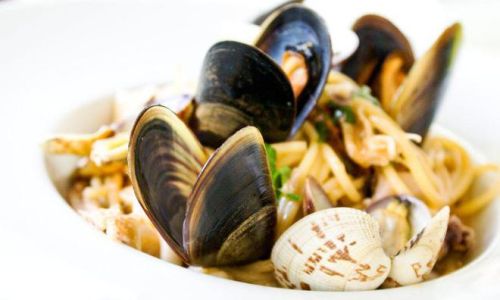
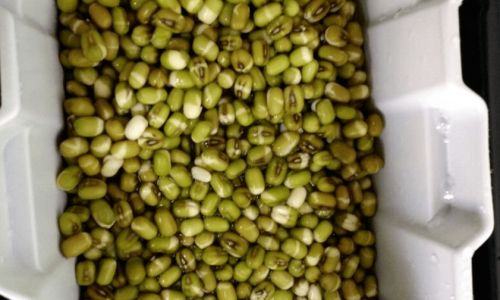
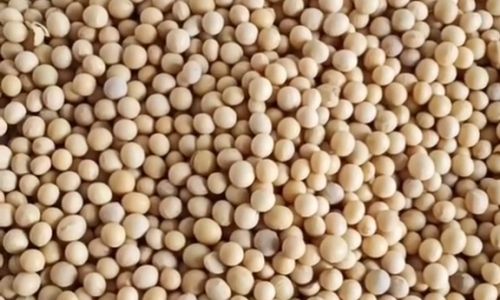
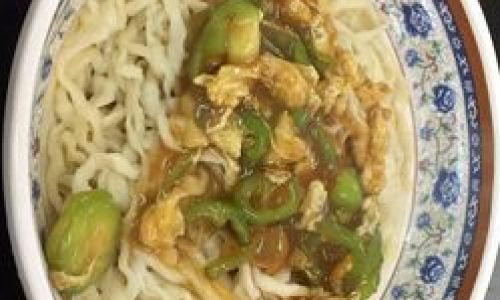
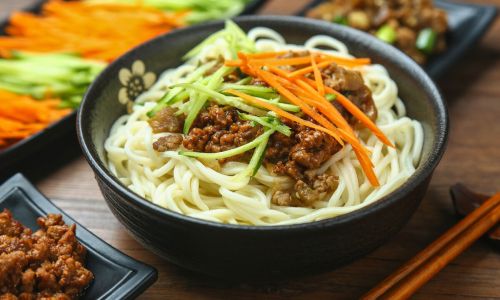
0 comments